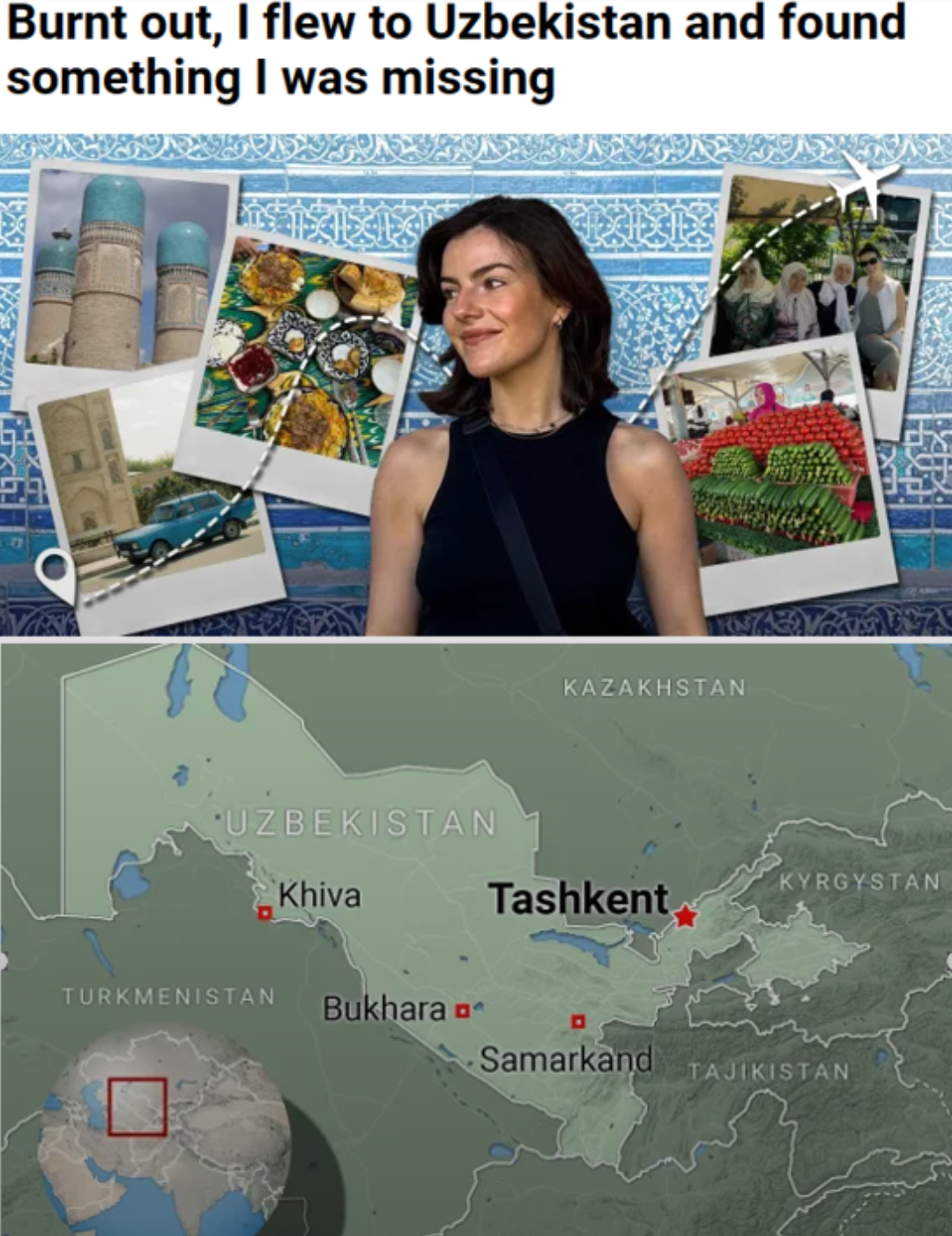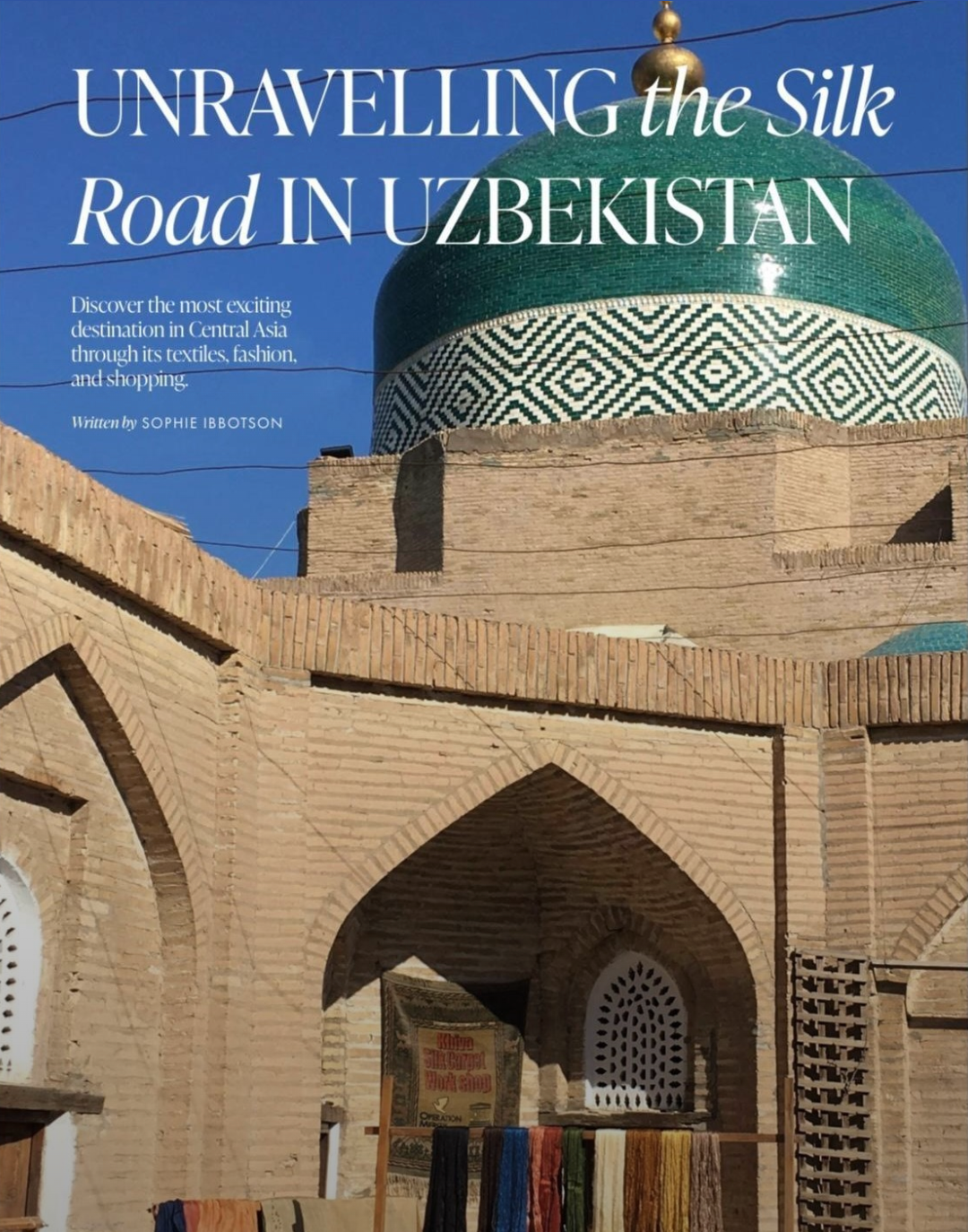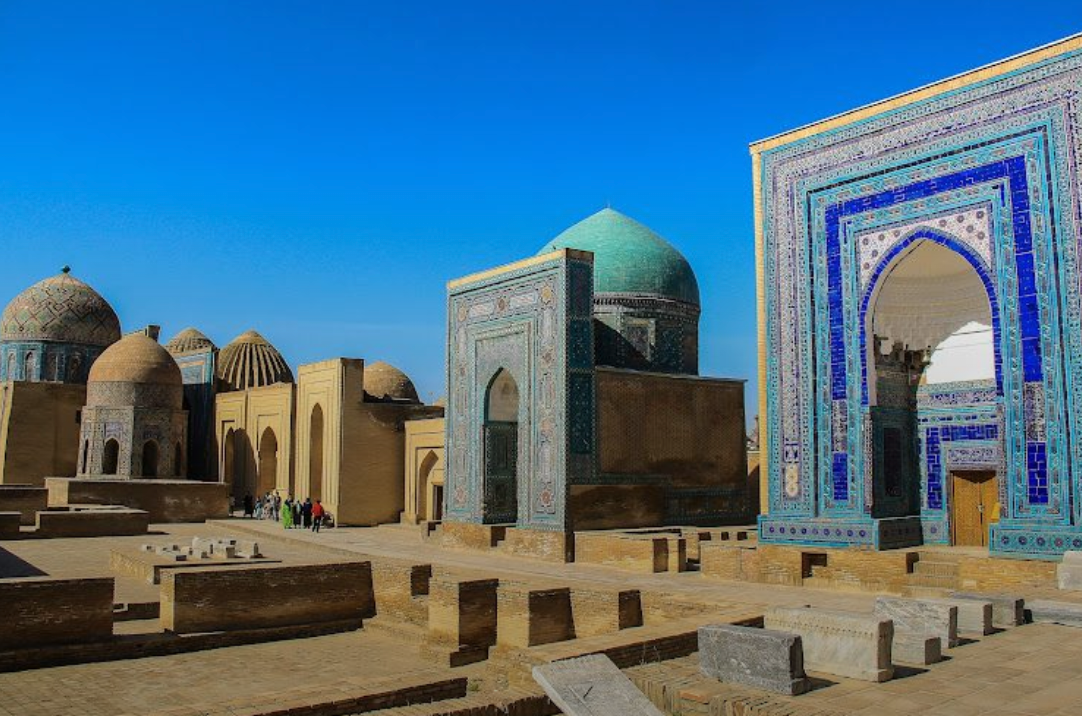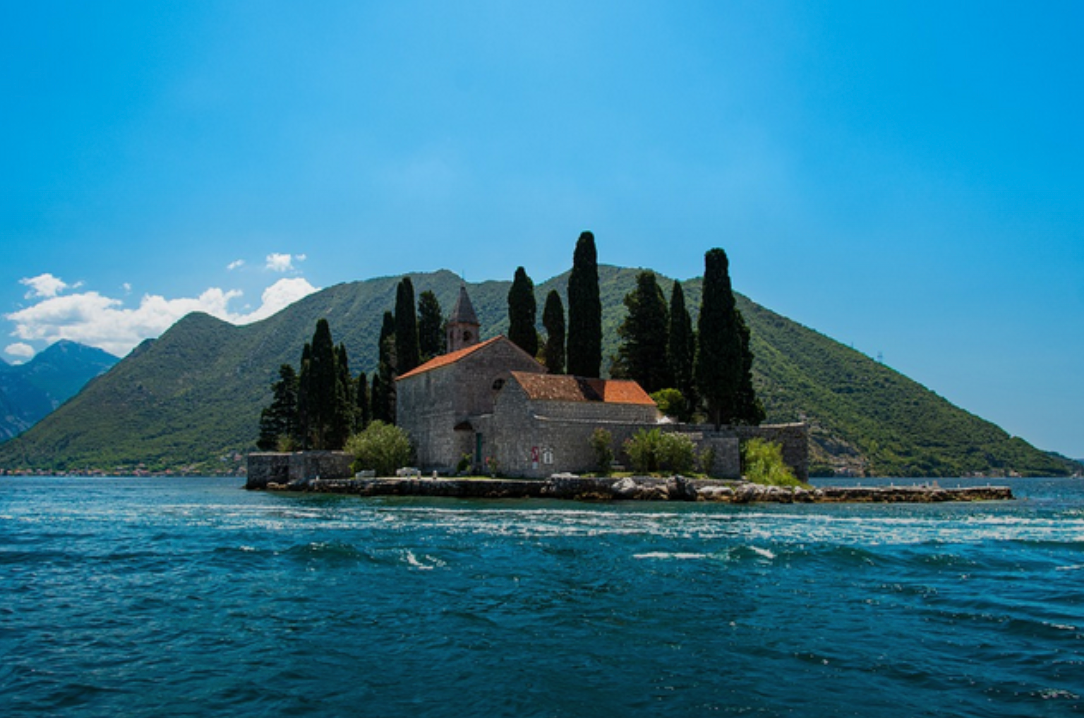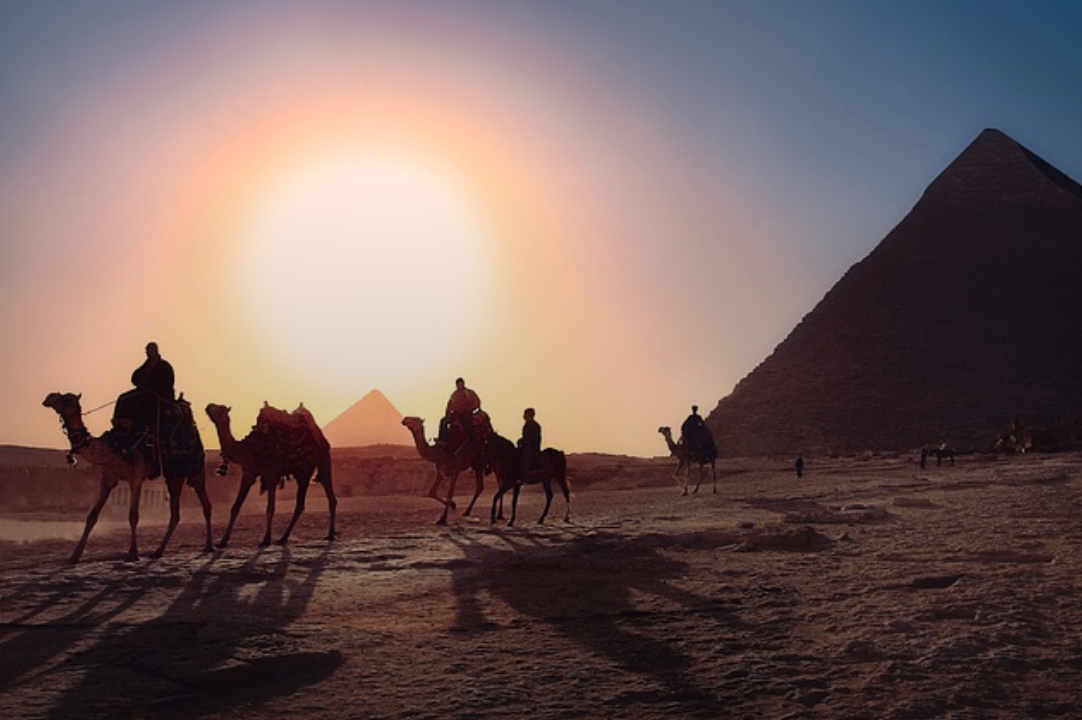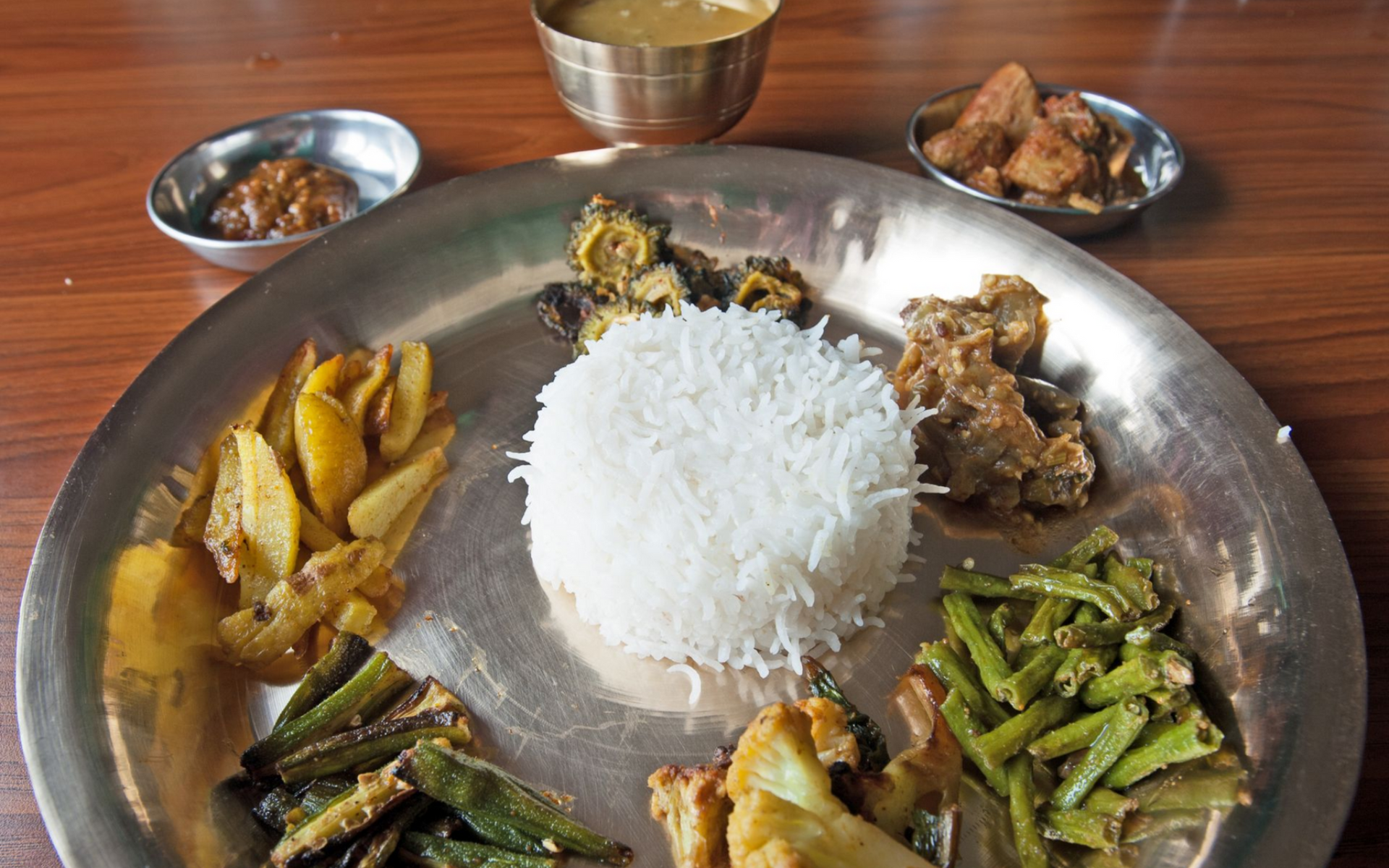Nepal
NEPAL BEYOND THE TREKKING
The trekking's superb and the scenery sublime but Amar Grover finds plenty of reasons to visit Nepal without his crampons, sleeping bag or hiking boots.....
Mountaineers, Trekkers and Pilgrims
Nepal's first tourists arrived in 1955. The secretive kingdom had long been closed to outsiders and few if any in that initial all-women group of Americans and Brazilians could have foreseen how tourism was to become the cornerstone of the country's economy.
Drawn to the magnificent Himalayas, mountaineering expeditions turbo-charged the nascent tourism industry. Boasting 8 of the world's 10 highest peaks, Mt Everest in particular was – and remains – an almost mystical magnet. The Everest region's Sagarmatha National Park is a UNESCO World Heritage Site.
In the wake of climbers came trekkers eager to hike some of the world's most spectacular trails through seemingly untouched valleys rich with local culture and time-forgotten villages. Meanwhile down in the Terai – the vast steamy plains bordering India – sites linked to the Buddha coax ever more Buddhist pilgrims from across Asia. Lumbini, Buddha's birthplace, is also a World Heritage Site.
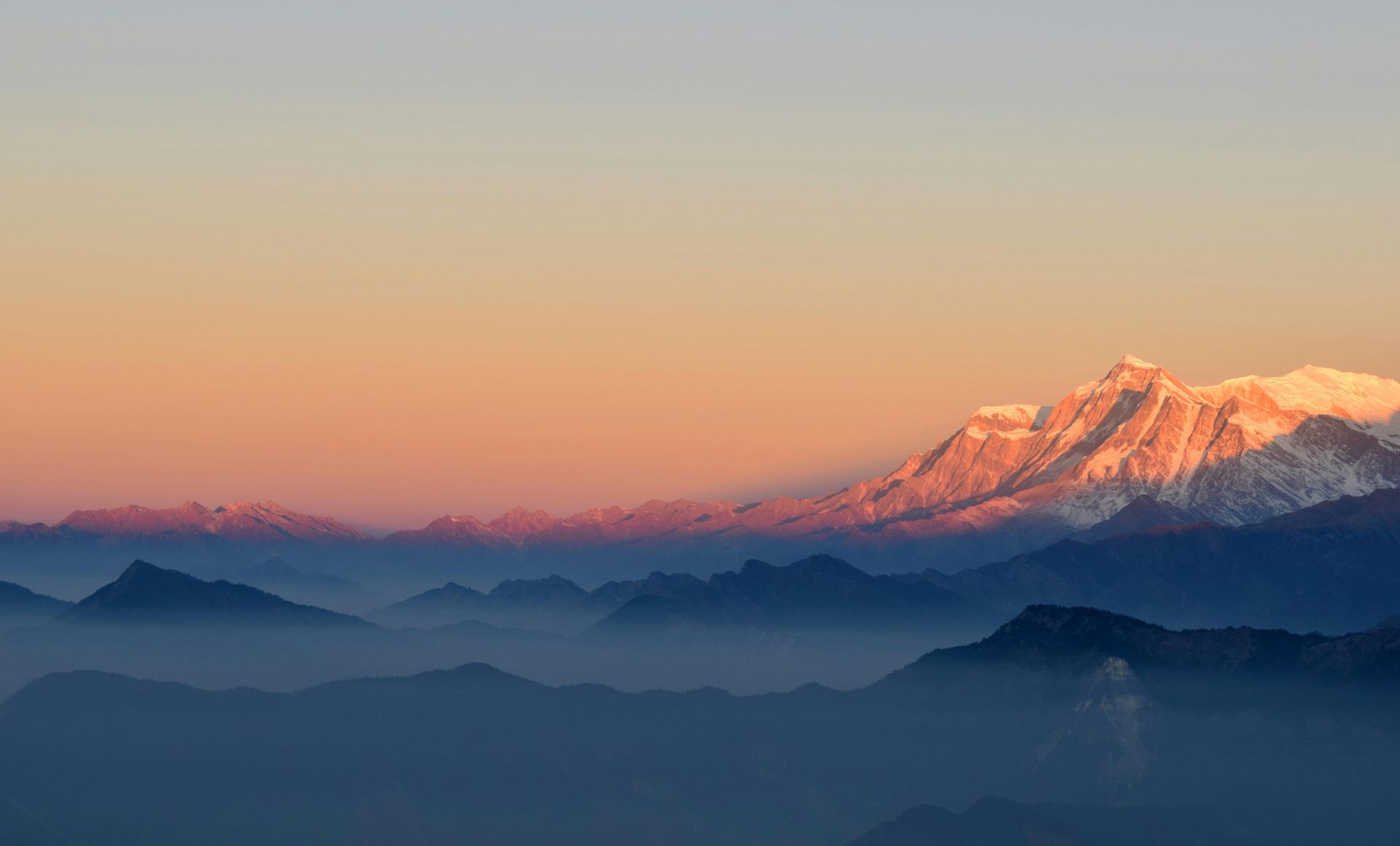
The other World Heritage Sites – Kathmandu Valley and Chitwan
Nepal's other world heritage sites are the Kathmandu Valley and Chitwan National Park – useful pointers for why you might come to Nepal without hiking boots or crampons.
Kathmandu stands in a bowl-like valley cradled by lush hills. It's the heartland of the Newar people who are loosely regarded as the 'custodians' of Nepal's civiisation and culture. Several once entirely seperate towns have now virtually merged with the capital but their impressive array of temples, palaces and squares remain largely intact despite the disastrous 2015 earthquake.
Seven distinct mounuments and zones comprise the world heritage site. These range from beautiful durbar squares (public spaces outside royal palaces) of Kathmandu, Patan and Bhaktapur to thriving Hindu temple complexes at riverside Pashupatinath and hilltop Changu Narayan. Superb Newar architecture and decorative craftsmanship stand alongside ancient sacred sites where daily rituals around life and death continue little-changed in centuries.
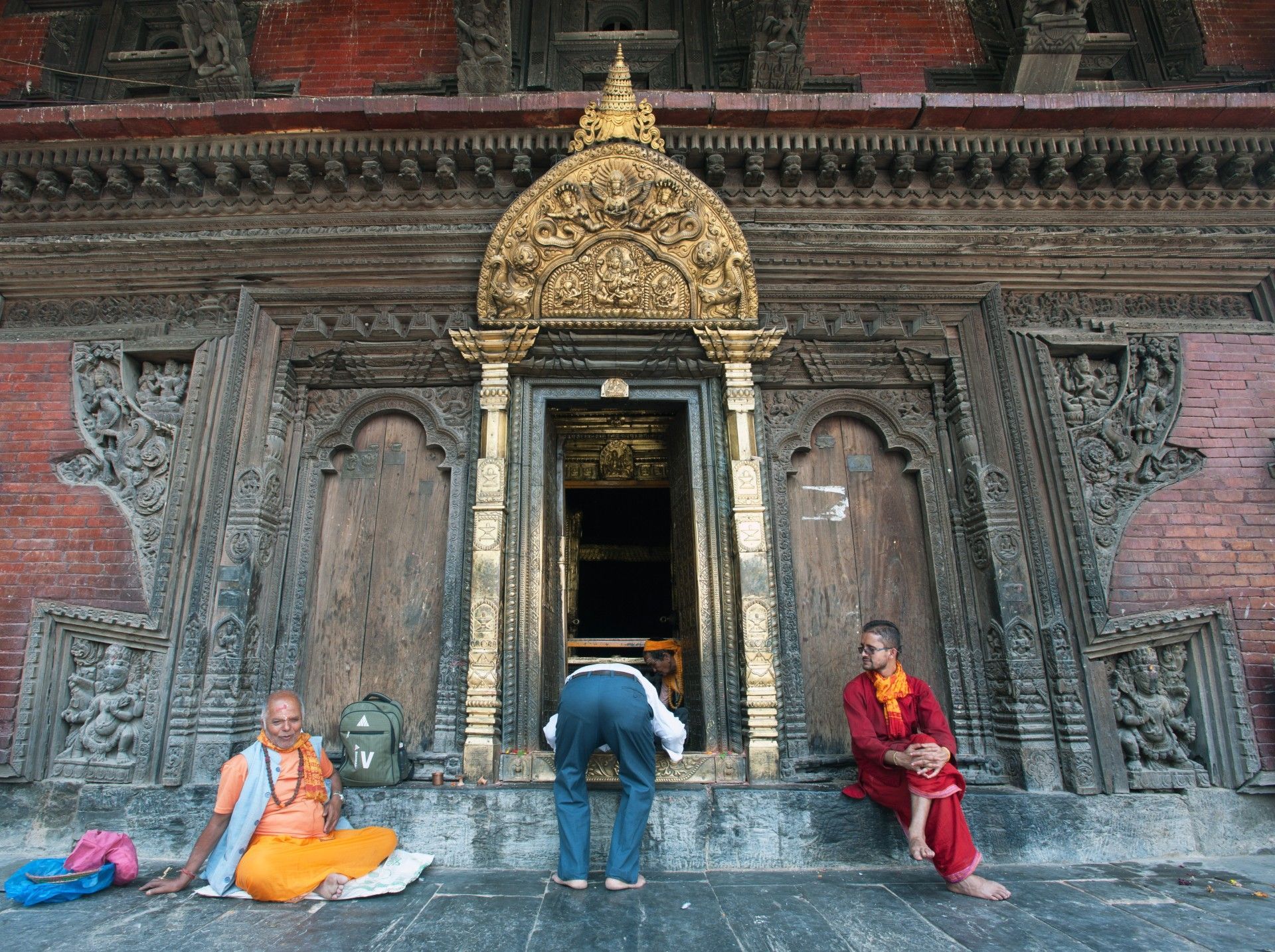
© Amar Grover 2025
There're spectacular Buddhist monuments too. Standing in a Tibetan neighbourhood and securing numerous sacred relics, Boudanath is Nepal's largest stupa. Its 'Eyes of the Buddha' decoration help make it an iconic landmark and at almost any time of day there's an almost continuous swirl of locals and tourists walking a three-times orbital lap of its base.
Even more striking and hardly less sacred is the Swayambhunath stupa perched on a hilltop. Reached by a steep flight of stairs, the plinth-like terrace offers great views of the city. Its community of resident monkeys – always lurking and ever eyeful for free if not snatched food – are said to be transformed from the headlice of Manjushri, a great Buddhist disciple who grew his hair whilst labouring to raise the sacred hill!
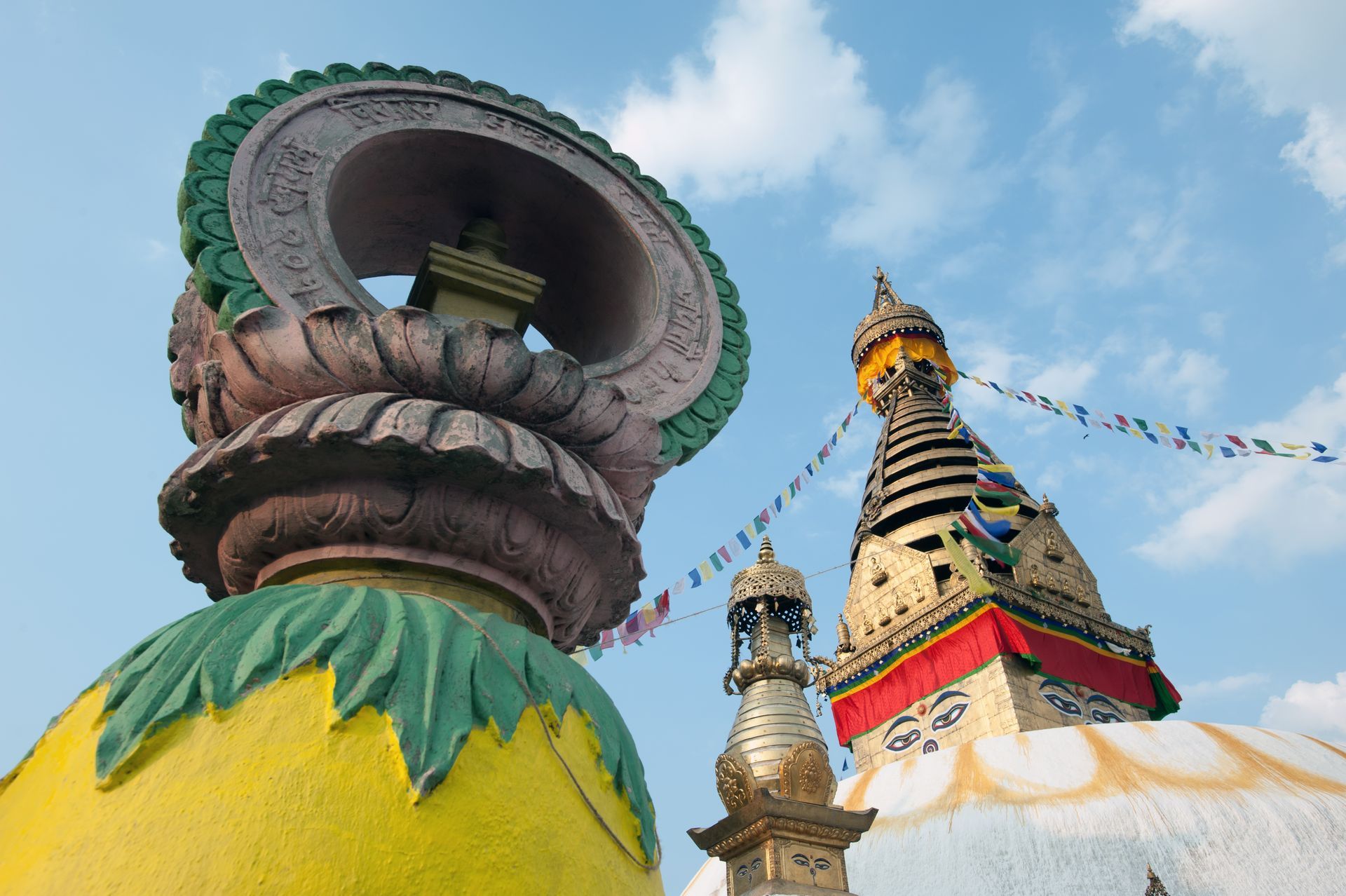
© Amar Grover 2025
Deep in the Terai lowlands and Sivalik Hills by the Indian border, Chitwan was established in 1973 as Nepal's first national park. The former royal hunting ground was rich with tigers, rhinos, elephants and leopards but an onslaught of settlers in the 1960s almost decimated its jungles and forests while the rhino population in particular plummeted.
Today the rhinos have bounced back, there's a sizeable tiger population and over 500 species of birds including many of Nepal's most elusive. Jungle walks and canoe rides mainly on the Rapti River comprise a typical itinerary while Tharu (the local ethnic group) villages lend considerable cultural interest to a region that barely a century ago took weeks to reach from Kathmandu.
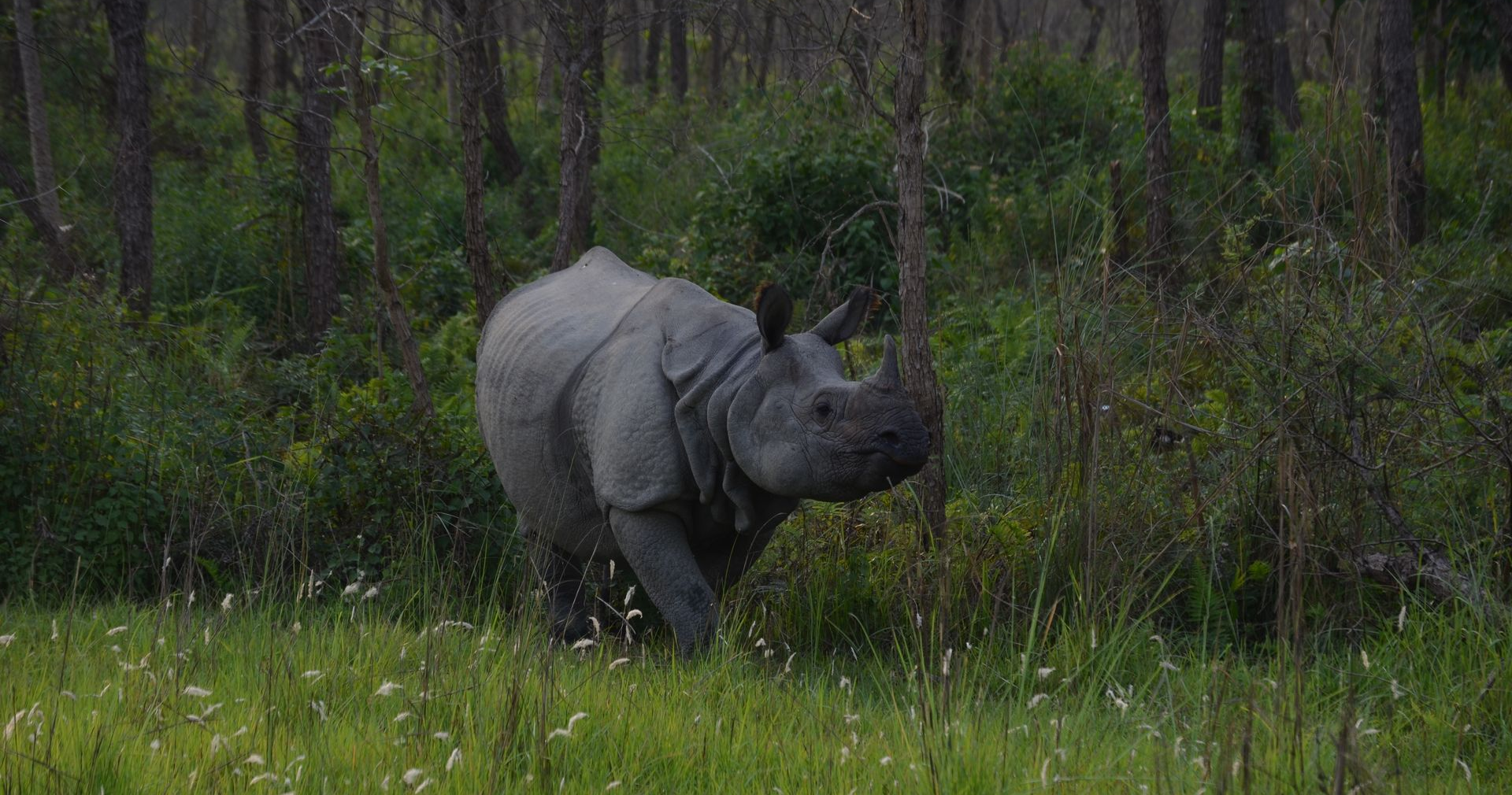
Head to the Hills
Want to escape the city? Day walks abound in the Kathmandu valley. Pick of the bunch would be Jamacho Hill. Named after a venerable Buddhist sage who meditated in a lofty cave, its summit is a tangle of colourful prayer flags. Another trail heads up to Champadevi not far from Kirtipur town. If you're minded to visit the famous Dakshinkali temple and witness its earthy tradition of animal sacrifices, there're tranquil footpaths from here down to the Bagmati River valley with onward buses back to Kathmandu.
Few visitors skip Pokhara 200km to the west of Kathmandu. Roughly midway stands Gorkha, an historic hilltop town linked to the formation of modern Nepal and the ruling Shah dynasty. Its 16th-century fortified palace is well worth a pause and there're excellent Himalayan views from its ramparts.
Pokhara's pretty location beside Phewa Lake is framed by a spectacular backdrop of snow-capped mountains, angular Fishtail Peak in particular. It's a great place to put your feet up; many visitors do pre- or post-trek. Hilltop viewpoints include the modern World Peace Pagoda and Sarangkot from which you could take a leap of faith with several paragliding operators.
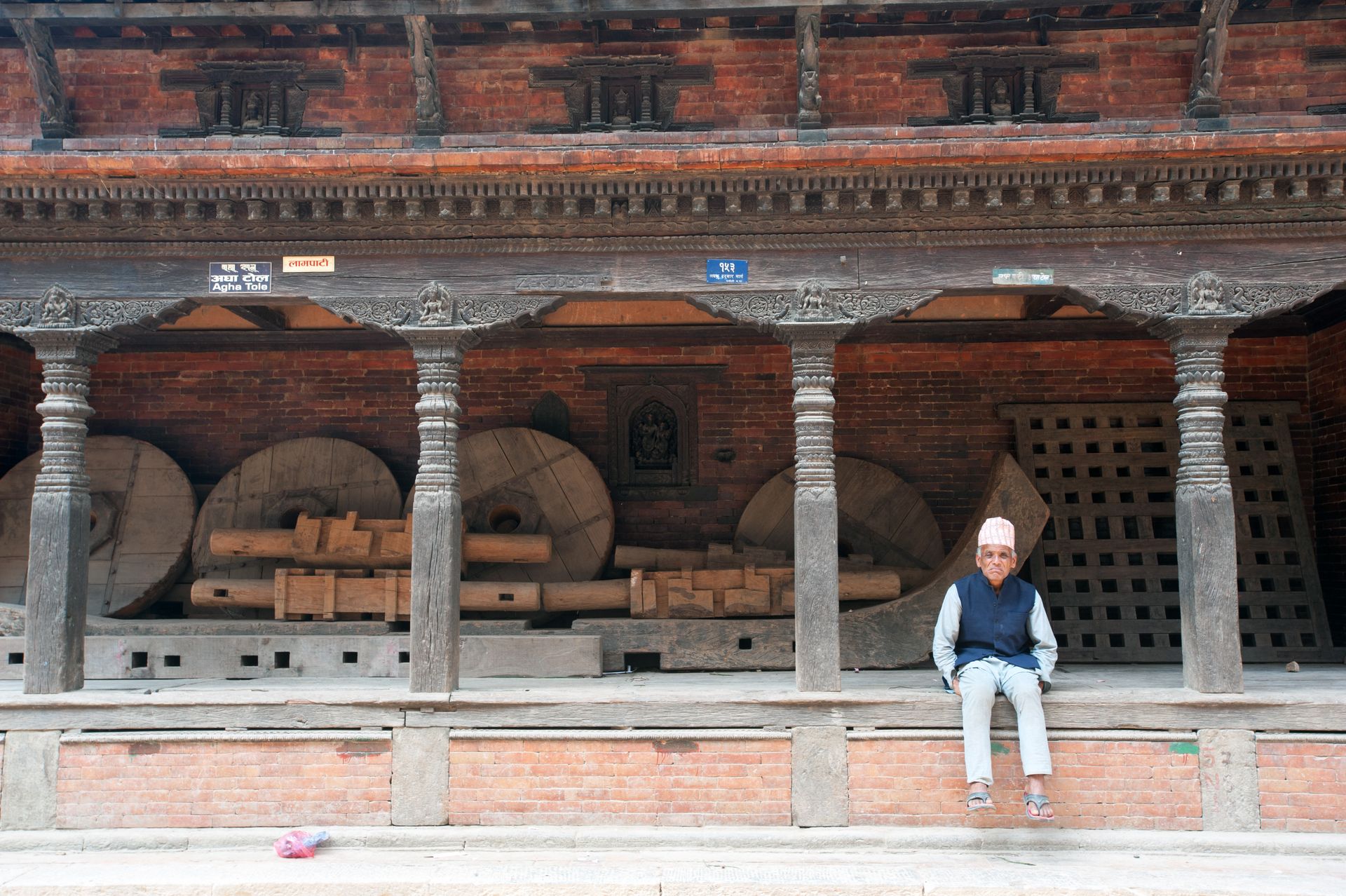
© Amar Grover 2025
Community-based tourism
Last year when I returned to Nepal it had been over a decade since my previous visit. And unlike all prior trips I was not here to trek. This time I was travelling with Community Homestay Network, a Nepali enterprise offering more immersive homestay experiences with local families in both rural and urban Nepal. The broad idea is to incentivise local communities to engage in and benefit from tourism. As a visitor you'll experience Nepali life first hand; it's a model of 'responsible tourism' that strives to respect and celebrate Nepal's cultural heritage and livelihoods.
Essentially CHN have distilled several circuits or multi-day trips ranging from itineraries in the Terai lowlands of western Nepal experiencing Tharu culture to various options in the hills & fringes of the Kathamandu Valley to an off-beat trip to Dhankuta in Eastern Nepal. Activities might range from learning about paubha painting (a sacred art form particular to the valley's Newar community) to pottery workshops in Thimi (near Bhaktapur), bamboo weaving in Kirtipur to Tharu cookery workshops in Chitwan. Assorted day hikes, bike rides and various cultural programmes such as traditional dancing plug the gaps.
My homestay experience was with a family in Panauti 30km southeast of the capital. Theirs was a modest flat on the edge of town with views across paddies and forested hills beyond. Three generations lived under one roof and the husband's brothers occupied all the adjoining flats. Within minutes of arriving I was thrust into the kitchen where together we made buffalo meat momos (dumplings) for the evening meal; my lack of dexterity was clearly very entertaining.
© Amar Grover 2025
Later we strolled through town and up into its more rural hinterland of neatly terraced paddies threaded by narrow winding roads and tracks. An ancient and once important trading settlement, Panauti remains a significant religious site because of its location at the confluence of two rivers. It also boasts the 13th-century Indreshwar temple, reputedly Nepal's oldest. Pots and pans hanging from its tiered roof are offerings from couples hoping for a happy and prosperous family life!
Over the coming days I came to understand a little more of their lives and they of mine. It was soon clear that along with Panauti's busy bazaar, unvarnished streetscapes and pretty surroundings this was just as interesting as Kathmandu's formal time-honoured sights.
© Amar Grover 2025
About the Author
Amar Grover is a London-based freelance travel writer and photographer. His feature articles have been published in various newspapers and travel magazines in the UK and UAE. He is also a contributing photographer to AWL Images, a specialist travel picture library. He has travelled widely in the Middle East, North Africa and Asia but is most at home in the Indian subcontinent and particularly its Himalayan regions.
